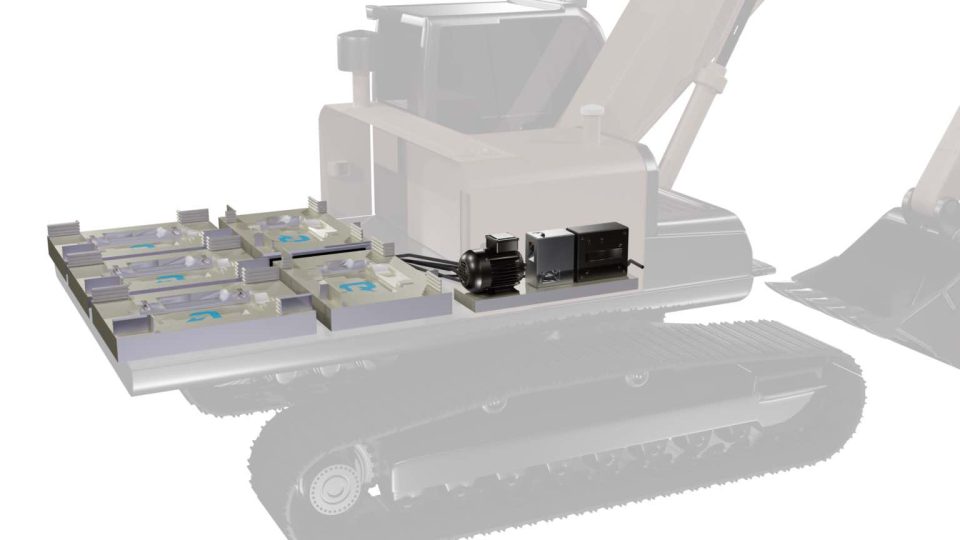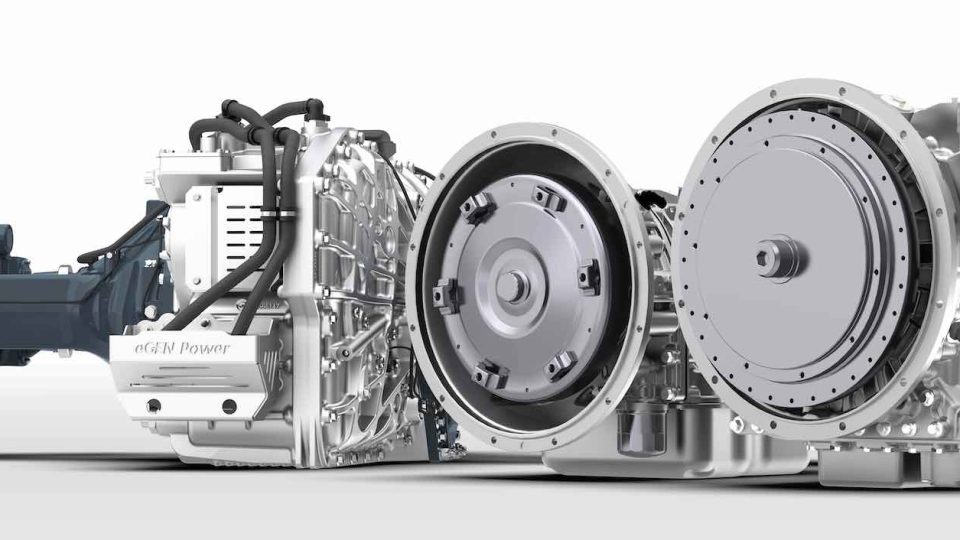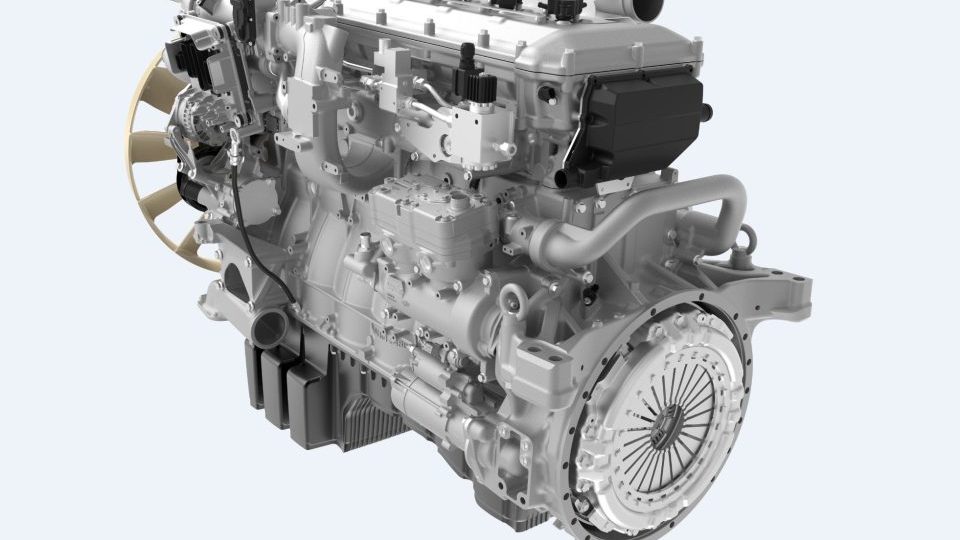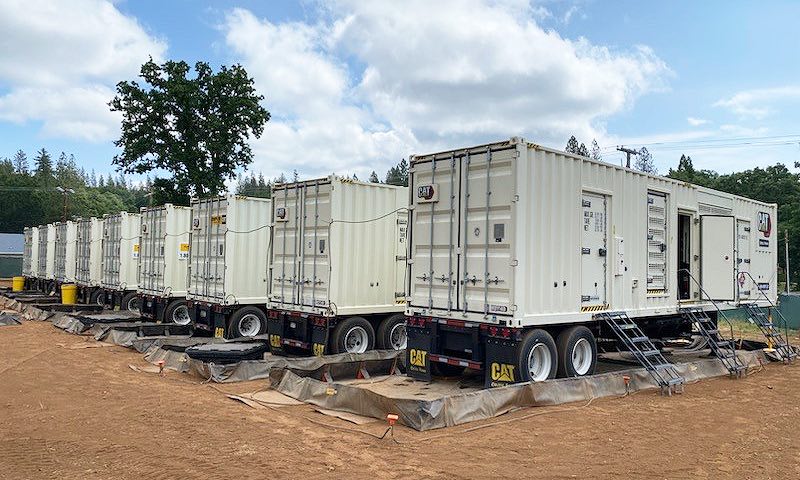Ammonia: another brick in the wall of decarbonisation?
When you heard the word ammonia on diesel-international.com you think about SCR such as a Pavlovian reflex. And it’s a mistake. Today, ammonia is valued by many to be a solution, one of several solutions, in the transition to decarbonisation. Of course, caution is high, but commercial shipping could benefit from the use of ammonia, […]
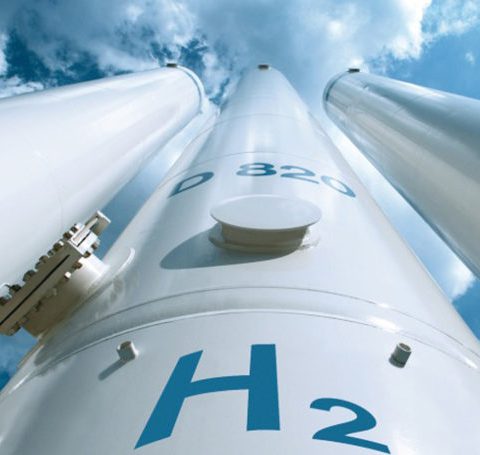
When you heard the word ammonia on diesel-international.com you think about SCR such as a Pavlovian reflex. And it’s a mistake. Today, ammonia is valued by many to be a solution, one of several solutions, in the transition to decarbonisation. Of course, caution is high, but commercial shipping could benefit from the use of ammonia, as this webinar from Rolls-Royce Power Systems revealed.
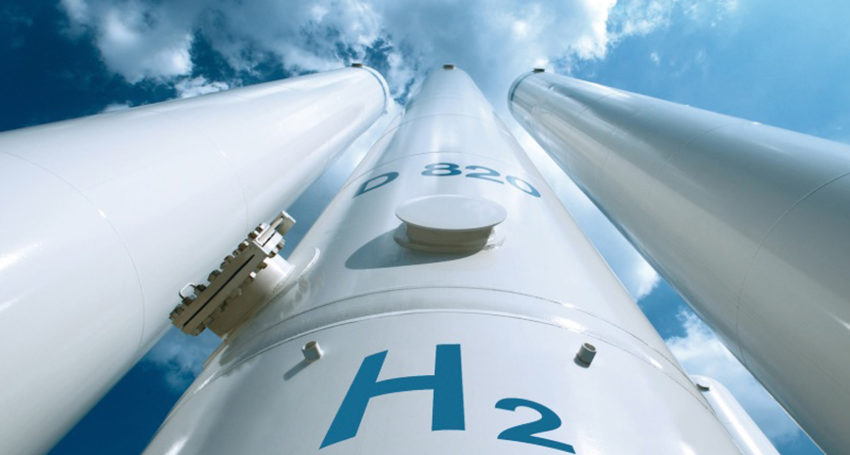
Ammonia and H2: a case study from Australia
“The initial stage of the A$240 million H2U Eyre Peninsula Gateway Hydrogen Project will include the installation of a 75MW electrolyser near the regional city of Whyalla, capable of producing enough hydrogen to create 40,000 tonnes of ammonia each year. The project today received a boost from the South Australian Government with the announcement it will allocate $37 million to upgrade the nearby Port Bonython jetty as part of its plan to become an exporter of green energy to world markets. It comes just a week after the state launched the SA Hydrogen Action Plan, which identified Port Bonython as a key hub. The H2U plant will use 100 per cent wind and solar power generated in the region to power the electrolyser to split water into hydrogen and oxygen gas. A further process using nitrogen is used to make green ammonia. The plant will also feature two 16 MW open cycle gas turbines operating 100 per cent on hydrogen at the site to provide electricity generation to the grid during periods of low wind or solar output.
H2U CEO point of view
H2U Chief Executive Officer Dr Attilio Pigneri said the project would help drive the development of the emerging green hydrogen and green ammonia markets.
«It offers the opportunity to export South Australia’s abundant solar and wind resources to support deep decarbonisation in the global energy, industrial and shipping sectors,» he said. «In the energy sector, Japan is leading the way with their plan to introduce green ammonia as a substitute fuel, to help meet its decarbonisation targets.» The project is targeting completion by late 2022. Considered one of the most prospective chemical carriers of hydrogen, green ammonia – a chemical compound of nitrogen and renewable hydrogen – is also a potential fuel for large-scale power stations, making it an attractive export opportunity. H2U and the South Australian Government last year joined Japan’s Green Ammonia Consortium. The consortium comprises of more than 70 companies and institutions including the Commonwealth Scientific and Industrial Research Organisation (CSIRO) and the Australian Trade and Investment Commission. South Australian Premier Steven Marshall said the exportation of green hydrogen would strengthen energy ties with international trading partners.
The words of South Australian Premier Steven Marshall
«The $240 million demonstrator phase of the project is of global significance, but it is just the precursor to a much larger production and export facility,» Premier Marshall said. Other key hydrogen projects utilising State Government funding underway in South Australia include:
- An $8.7 million facility at the University of South Australia’s Mawson Lakes campus incorporating a solar installation, flow batteries, a hydrogen fuel storage cell stack and thermal energy storage to demonstrate the value of hydrogen storage paired with other new storage technologies.
- Neoen Australia is investigating the introduction of a 50MW hydrogen super hub to produce about 25,000kg of hydrogen a day at its proposed Crystal Brook Energy Park in the Mid North of the South Australia.
South Australia leads Australia in the uptake of wind energy and roof-top solar with renewable sources accounting for more than 70 per cent of the electricity generated in the state. The state is also home to the world’s largest lithium-ion battery (100MW/129MWh), which was established in late 2017 at Neoen’s Hornsdale Wind Farm in the state’s Mid-North.”



